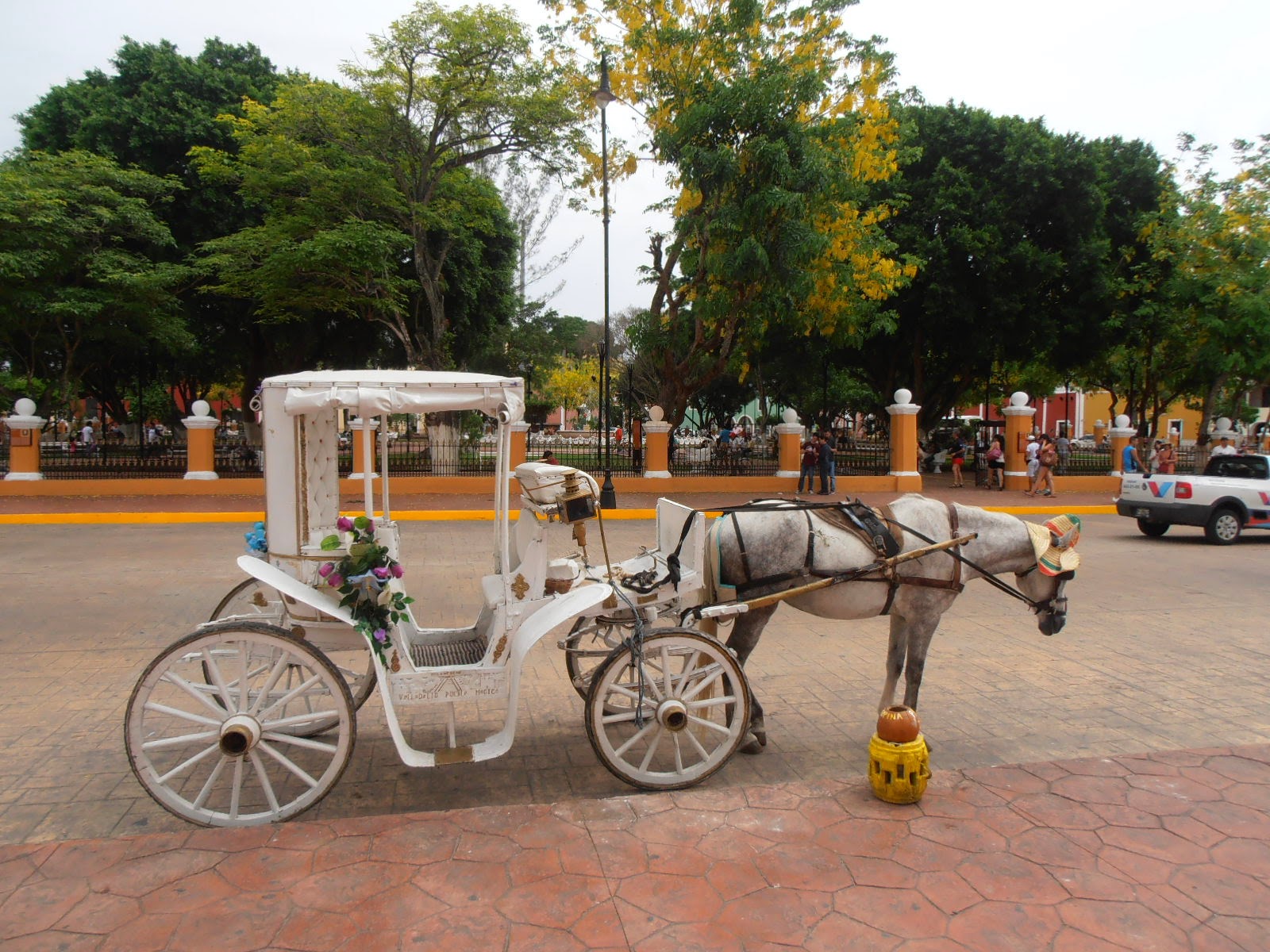Saptamana trecuta am fost in Turcia, pentru prima data in partea de est indepartat a tarii unde populatia este majoritar kurda.
Diyarbakır, intitulat capitala neoficiala a tuturor kurzilor din lume este al doilea mare oras din zona Anatoliei dupa
Gaziantep. Diyarbakır este, de asemenea, un centru cultural si economic major în Turcia și in ultimul timp a fost un
punct fierbinte între Guvernul Turcei si populația sa kurdă.
In lunile Octombrie si Noiembrie inregistrandu-se mai multe demonstratii legate de implicarea sau
neimplicarea Turciei si altor state in conflictul dintre asa zisul stat islamic si populatia din Siria si Irak. Aceste
demonstratii au fost foarte violente si nu mai putin de 40 de persoane si-au pierdut viata dintre care mai bine de 15
doar in Dyiarbakir.
Nu am sa vorbesc despre Kobane, Ain Al-Arab in lb. araba (oras atacat de islamisti) si care refuza sa cada de mai
bine de 90 de zile cu toate ca nu a primit niciun ajutor oficial din partea vreunui stat. Singurul ajutor venit este din
partea indivizilor veniti din state europene (cu precadere Germania si Olanda) care lupta importriva islamistilor din
principii ideologice sau personale, exemplul bandelor de motociclisti sau a etnicilor kurzi din statele europene.
Graffiti realizat pe peretii Universitatii din Bologna (IT) care il pozasem cu cateva saptamani mai devreme
la finalul lui Noiembrie
Aici am sa scriu cateva randuri despre refugiatii din tabara din Diyarbakır pe care am avut prilejul sa ii intalnesc la
ei in "in casa" temporara. Toti cei 5000 de refugiati provin din comunitatea Yazidi compusa din mai putin de 1 milion
de persoane in lumea intreaga. Aceasta comunitate etno-religioasa face parte din grupul kurzilor care la randul lor
reprezinta cea mai mare natie care nu este constituita intr-un stat. Kurzii sunt in numar de 30-35 de milioane si se
gasesc cu precadere in Turcia, Siria, Iran si Irak.
este de la sine inteles de ce nu am mai multe fotografii de acolo
Refugiatii din tabara din Diyarbakır veneau din Irak de undeva de la granita cu Siria. Cu putinii oameni care rupeau
ceva engleza (doi la numar) am putut discuta si afla mai multe despre situatia lor. Trebuie spus de la bun inceput
ca acest grup etnic nu este musulman, ci crede in puterea focului si a apei reunite sub un singur Dumnezeu care
a creat lumea. Deoarece sunt ceva asemanari intre Melek Taus (Ingerul Paun, pe care yazidii il venereaza pentru
independenta sa) si Shaitan (ingerul care a refuzat sa se inchine lui Adam) musulmanii dar si unii crestini ii
considera pe yazidis veneratori ai diavolului. Din cauza acestui fapt in decursul istoriei au fost tentative de
exterminare a lor de 72 de ori, ultima venita din partea gruparii ISIL/ISIS (autointitulata statul islamic).
Oamenii din tabara Diyarbakır, au vazut cu ochii lor cum au fost ucisi sau chiar decapitati membri din comunitatea
lor. Islamistii oferindu-le doua optiuni: convertirea sau moartea. Pentru a scapa din infern au trebui sa mearga in
continuu cate 24 de ore pana in Siria, dupa care inapoi in Irak si pe urma datorita fortelor kurde pesmerga sa intre
in Turcia. Multi dintre ei nereusind sa ajunga la destinatie. Dupa spusele oficialilor taberei, 90 la suta din cei
gazduiti au cel putin un membru al familiei disparut. Am spus disparut, pentru ca este si cazul rapirilor; mai mult
de 300 de femei sunt tinute ostatice si folosite drept sclave sexuale de catre luptatorii isis, de multe ori fiind
vandute la piata ca niste animale pentru cateva zeci de dolari. Multi altii au fost blocati, ramanand in muntii Sinai,
urmand sa infrunte gerul iernii.
Un complex de agrement a fost transformat in tabara de refugiati temporara
Deoarece toti cei din aceasta comunitate au fost suprimati dea lungul istoriei, niciunul din ei nu doreste sa se mai
intoarca de unde a venit si nici nu accepta sa locuiasca in vreo alta tara musulmana considerand ca scaparea lor
o reprezinta Vestul Europei, Australia ori Statele Unite ale Americii. Cand i-am intrebat despre Turcia, raspunsul a
fost acelasi. Odata cu emigrarea, disiparea si asimilarea acestora exista riscul ca peste 1-2 generatiisa se
piarda aceasta cultura.
Aceasta tabara nu este finantata de catre guvernul turc ci doar din donatiile populatiei kurde. (nu am verificat aceasta informatie) ONU a estimat ca pana la sfarsitul anului numarul total al refugiatilor sirieni si irakieni va fi mai mare de 3,5 milioane de persoane. Pe langa Turcia, statele care au primit cei mai multi refugiati sunt Libanul, Egiptul si Iordania.
In toamna, organizatia STEP a fost partenera intr-un alt proiect aproape de granita fierbinte a Siriei (in Gaziantep), ar fi trebuit ca proiectul sa se desfasoare in Kilis, dar din motive de securitate a fost schimbata locatia.
In toamna, organizatia STEP a fost partenera intr-un alt proiect aproape de granita fierbinte a Siriei (in Gaziantep), ar fi trebuit ca proiectul sa se desfasoare in Kilis, dar din motive de securitate a fost schimbata locatia.


























































